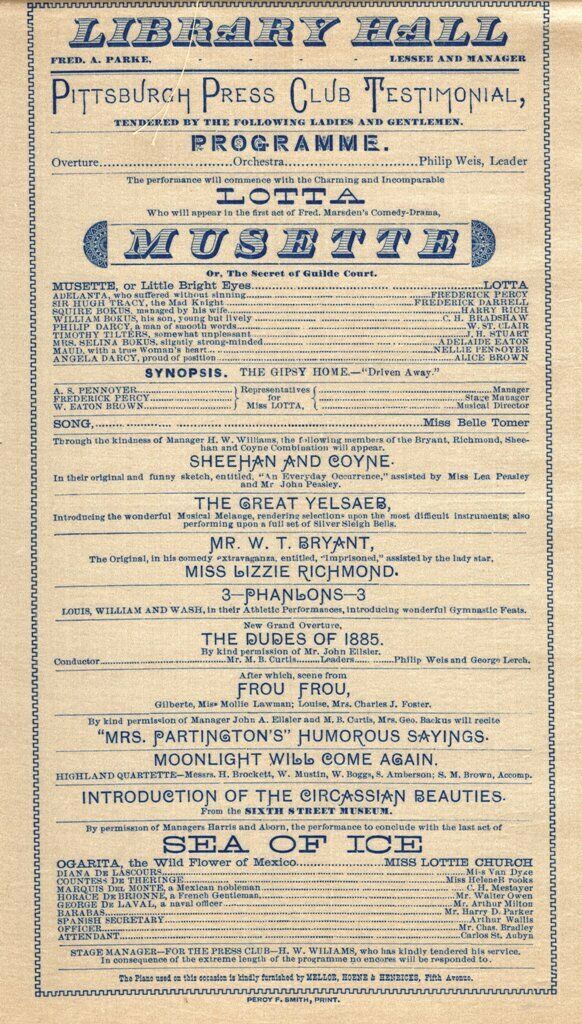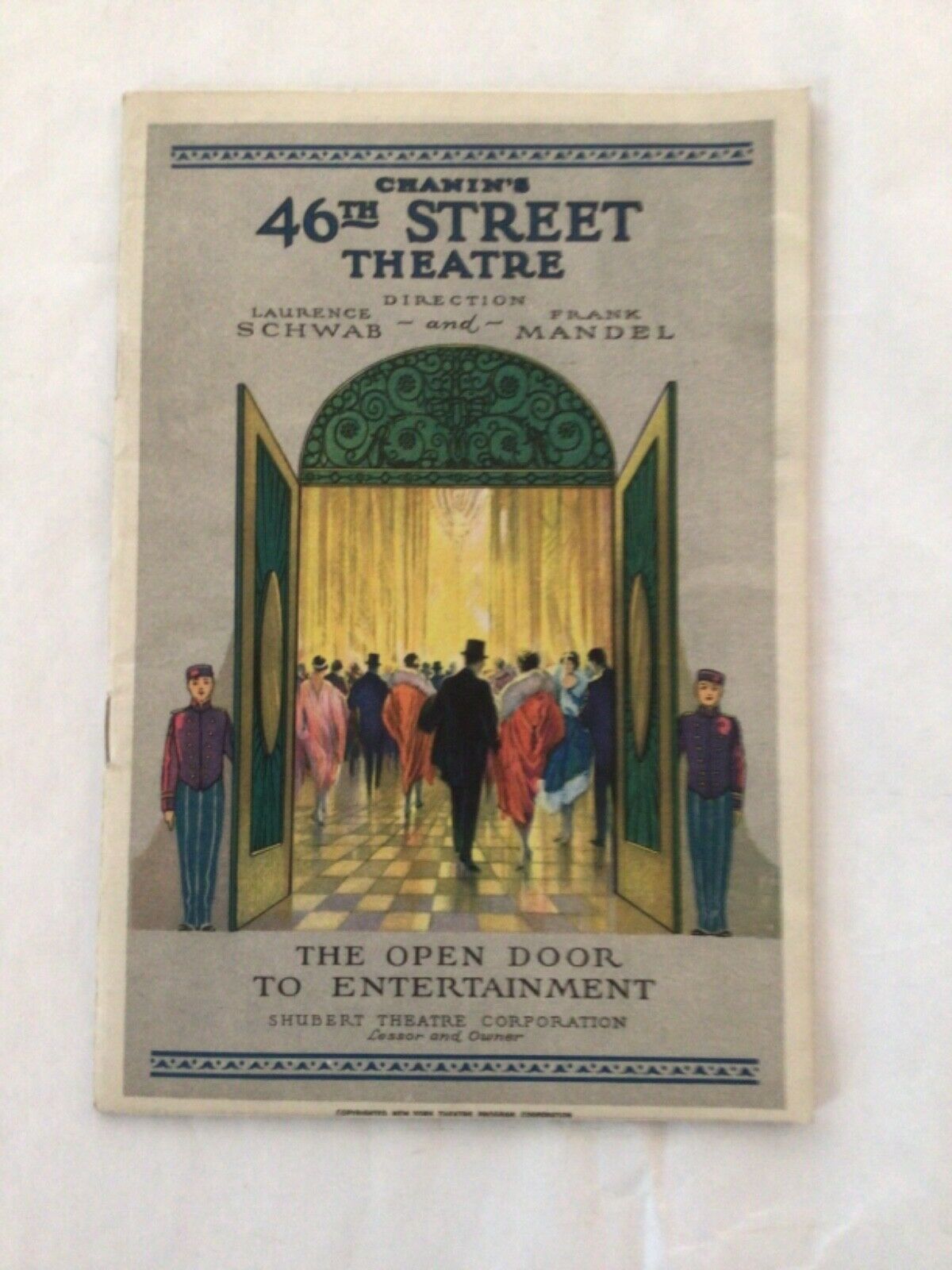-40%
*LINCOLN ASSASSINATION: ACTRESS LAURA KEENE RARE ORIGINAL 1865 FRAMED HANDBILL*
$ 316.79
- Description
- Size Guide
Description
A magnificent original framed original March 1865 handbill program, issued less than a month before the Lincoln assassination, for Laura Keene starring in Workmen of Boston at the Boston Theatre, which she acted in repertory with Our American Cousin. The cast features Harry Hawk, who was onstage alone when Lincoln was assassinated by John Wilkes Booth, John Dyott, and the rest of Laura Keene's regular 1865 company. Contained within a gold gilted frame. Ready to hang for display. Dimensions eleven by eight inches with program six by three inches. Light chipping to inside right of frame and corners slightly loose otherwise good. See Laura Keene's extraordinary biography below.Ships UPS insured. Shipping discounts for buyers of multiple items. Credit cards accepted with Paypal. Inquiries always welcome. Please visit my other eBay items for more early dance, theatre music and historical autographs, broadsides, photographs and programs and great actor and actress cabinet photos and CDV's.
From Wikipedia:
Laura Keene (July 20, 1826 – November 4, 1873) was a British stage actress and manager. In her twenty-year career, she became known as the first powerful female manager in New York.
Early life
Born Mary Frances Moss in Winchester, England, Keene was a niece of the British actress Elizabeth Yates. Her parents were Jane Moss and Tomas King. As a teenager, Mary Frances Moss married a man named John Taylor and had two daughters, Clara and Emma Taylor. After a few years of marriage, John Taylor made a bad business investment and was forced to leave the country. He was eventually arrested and imprisoned in Australia. Because Taylor left Mary and her two daughters alone with no money, Mary decided to change her name to Laura Keene and jumped into the acting scene.
Career
Keene made her professional debut as Pauline in "The Lady of Lyons" in London. This was followed by performances at London's Royal Olympic Theatre and Royal Lyceum Theatre, including several months working under Madame Vestris. After less than a year performing in Britain, Keene accepted an offer from James William Wallack to go to New York City, and serve as the leading lady in the stock company at his successful theater.
Her first performance at his theatre was in The Will as Albino Mandeville. She enjoyed great popularity during her time at Wallack's Theatre (September 20, 1852, through November 22, 1853). In order to have greater control over her career, she then entered into theater management with the help of John Lutz, who was with her for the rest of her career. She left Wallack's company unexpectedely one night and moved to Baltimore. Keene leased the Charles Street Theater, in Baltimore, from December 24, 1853, to March 2, 1854, where she acted as manager, director and performer. She started doing touring performances in California (April 6 through July 29, 1854), in Australia (October 23, 1854 through January 1855), and again in California (April 9 through October 4, 1855). During the first stint in California, she was hired by Catherine Norton Sinclair to play opposite Edwin Booth. After spending a month as the manager and lessee of the Union Theatre in San Francisco (from June 29 through July 29, 1854), Keene and Booth toured to Australia. Booth's drunken behavior in Australia put an end to their relationship and their tour.[1] On her return to California, she also managed the American Theatre. She managed and performed there for a few years until a new law was passed in California banning any form of entertainment on the Sabbath. This greatly decreased the attendance of theatre performances and gave Keene reason to leave and start a new project in New York.
Upon returning to New York City, Keene leased the Metropolitan Theatre, remodeled it, renamed it Laura Keene’s Varieties, and served as manager, director and star performer from December 23, 1855 through June 21, 1856. She planned to continue at this location, but a rival theater owner, William Burton, purchased the building, and moved his own operation there. (It was renamed Burton’s New Theatre, and then the Winter Garden.)
At this point, she lined up investors, along with an architect who specialized in theaters, and a new theater was constructed to her specifications. Named Laura Keene’s Theatre, it opened on November 18, 1856. Keene exercised complete control, managing, directing, and starring at this theater for seven seasons, through May 8, 1863.[2]
After deciding to give up her own theater, Keene continued as manager and star of a company which toured the United States for most of the next ten years. She also served as manager of the Chestnut Street Theatre in Philadelphia, from September 20, 1869, through March 25, 1870. Her final performance was on July 4, 1873, while touring in northern Pennsylvania.
Stage entertainment turned over quickly in that era, with few productions exceeding a dozen performances, but Keene bucked those odds. An 1857 show called The Elves ran for a record 50 performances. Moreover, 1860 was to prove itself an important year for her theater and American drama as well. On March 29, she premiered Dion Boucicault's The Colleen Bawn, which ran for six weeks until the end of the season on May 12; the highlight of this play was the creation of an ocean island on stage in a scene which culminated with the hero diving into the ocean to save the colleen bawn Eily O'Connor. (Betting on the play's success, Boucicault took The Colleen Bawn to London, where it opened on September 10, 1860 and ran for 230 performances, becoming the first long run in the history of English theater.) In November 1860, Keene premiered the musical The Seven Sisters, which featured extravagant sets and ran for 253 performances, an astonishing total for the time.[3]
First producer and star of Our American Cousin
In 1858, Our American Cousin debuted in Laura Keene's Theater. Her company was playing at Ford's Theatre, Washington, on the night of Abraham Lincoln's assassination. Keene entered the presidential box at Ford's Theatre after the President was shot by John Wilkes Booth, and cradled the wounded President's head in her lap right in front of Mary Todd Lincoln.[4]
Death
Keene died of tuberculosis at the age of 47 at Montclair, New Jersey. She is buried in Green-Wood Cemetery in Brooklyn.









